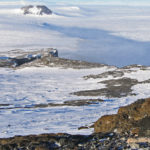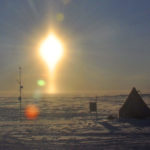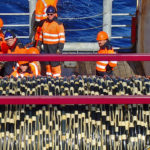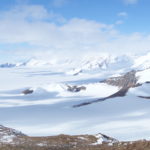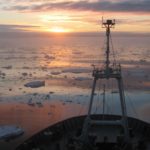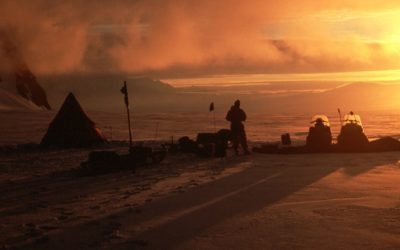Glacial history and ice sheet sensitivity to climate change
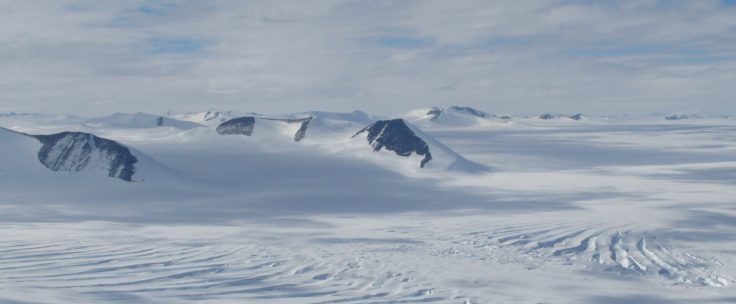
The biggest uncertainty in predictions of sea-level rise is what the contribution will be from the great ice sheets on Antarctica and Greenland as climate warms. Improving knowledge on the response of polar ice sheets to past changes in climate, ocean circulation, atmospheric CO2 concentrations and volcanism is important to improving predictions of how they will change in the future. Knowledge of ice sheet change since the Last Glacial Maximum (about 20,000 years ago) is also important for calculating corrections to estimates of current ice sheet change derived from different types of satellite remote sensing data (altimetry and gravity field monitoring).
This task involves collection of geological and geophysical data to constrain past changes in polar ice sheets and to obtain records of the climate and other environmental changes that have been the “drivers” of ice sheet change. High quality data relating to any periods of rapid change are useful for this type of research, but we have a particular focus on changes since the Last Glacial Maximum because this period affords the best opportunities to obtain precisely dated records from many different locations.
Our objectives are closely aligned with the Scientific Committee on Antarctic Research Past Antarctic Ice Sheet Dynamics (PAIS) programme.
Examples of the data we collect and interpret
- Observations – from fieldwork, satellite imagery and marine surveys – of landforms produced by glaciers. These record past ice-flow pathways, subglacial processes, ice margin positions and relative sea level changes.
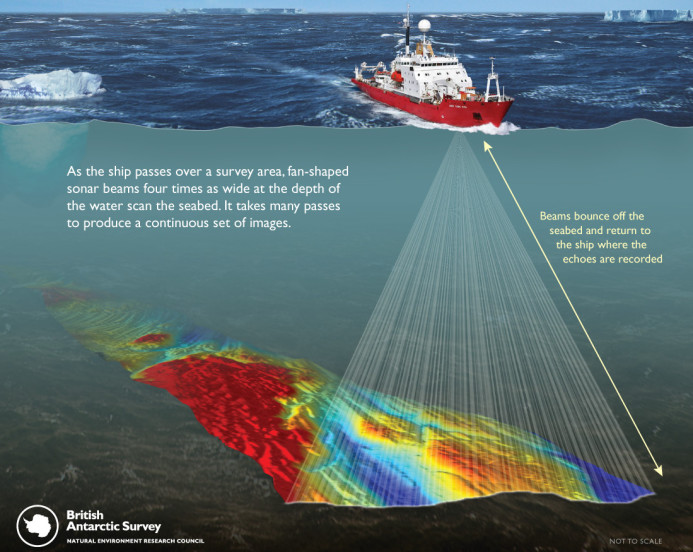
- Seismic and acoustic survey data over areas of sea floor that were previously covered by ice and to which sediments were delivered by glacial transport processes. Analyses of these data reveal the nature of the substrates over which ice flowed, and the distribution, thickness and physical properties of sediments deposited beneath and in front of glaciers.
- Surface exposure dating of bedrock outcrops and glacially-transported rocks by measuring concentrations of cosmogenic isotopes. Radiocarbon dating of biogenic material is also applied to provide exposure ages for some outcrops, and to date raised beach deposits. The ages obtained enable reconstruction of past changes in ice surface elevations and relative sea levels.
- Marine and lake sediment cores that record environmental changes associated with migration of ice sheet margins and changes in climate and ocean circulation. These are dated primarily using radiocarbon – for sediment cores spanning the last deglaciation – but other techniques, such as oxygen isotopes or palaeomagnetic methods, are used for dating core records that extend back through a full glacial cycle or longer.
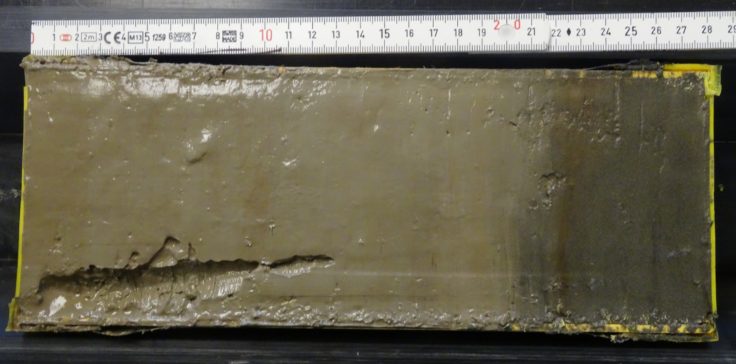
Surface exposure dating
What can surface exposure dating tell us about ice sheet history? Information on the shape and size of the Antarctic Ice Sheets over the past 20,000 years is contained within …BEAMISH: Basal Conditions on Rutford Ice Stream
The polar ice sheets play a major role in controlling Earth’s sea level and climate, but our understanding of their history and motion is poor. The biggest uncertainty in predicting …Depositional patterns and records in sediment drifts off the Antarctic Peninsula and West Antarctica
The biggest uncertainty in predictions of sea-level rise is what the contribution will be from the great ice sheets on Antarctica and Greenland as climate warms. The West Antarctic Ice …Improving estimates of Antarctica’s contribution to sea level
This research aims to improve estimates of Antarctica’s contribution to sea level. Sea level is currently rising at approximately 3mm/yr. If we are to understand why it is rising and …Role of oceanic forcing in West Antarctic Ice Sheet retreat
Ocean temperature has been identified as a key driver of current ice sheet retreat in the Amundsen Sea sector of the West Antarctic Ice Sheet (WAIS), yet its long-term history …IPCC: Polar scientists welcome Climate Change Assessment
9 August, 2021
CAMBRIDGE: British Antarctic Survey welcomes the publication of the Intergovernmental Panel on Climate Change (IPCC) Working Group 1 component of its Sixth Assessment Report. This assessment brings together the latest advances in …
PRESS RELEASE: New season – ambitious science
23 November, 2015
New season tackles ambitious science and logistical challenges The British Antarctic Survey (BAS) 2015/16 field season is underway with dozens of scientists and support staff – together with planes and tonnes …
